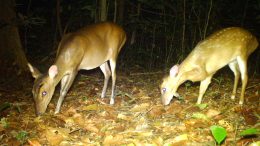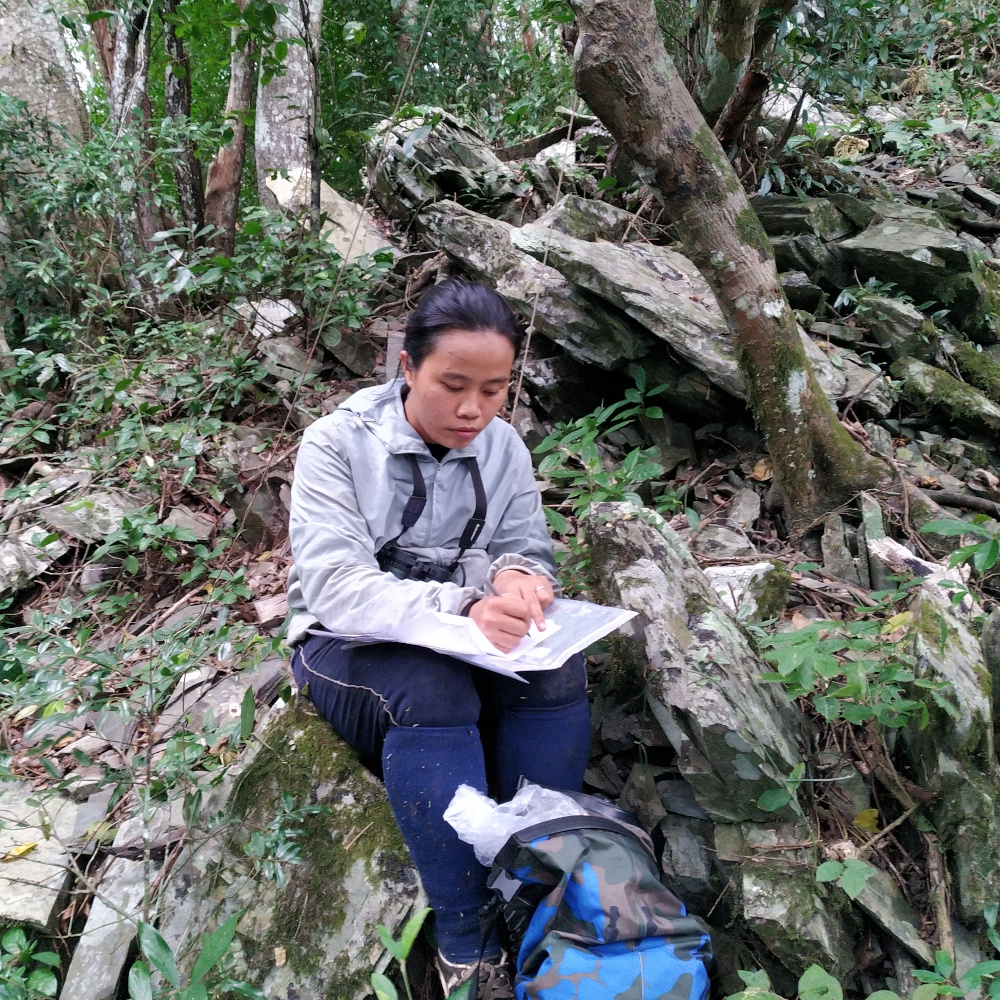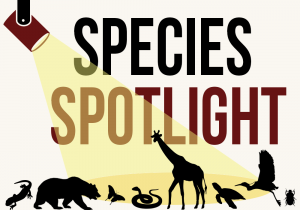 First recognized as a new species in 1993, the large-antlered muntjac is already critically endangered and heading fast toward extinction. As muntjac go, the large-antlered is the largest species, but muntjac in general are small members of the deer family Cervidae. The species is facing a “quiet extinction,” hidden away in a miniscule global range in the Annamite Mountains of Laos and Vietnam.
First recognized as a new species in 1993, the large-antlered muntjac is already critically endangered and heading fast toward extinction. As muntjac go, the large-antlered is the largest species, but muntjac in general are small members of the deer family Cervidae. The species is facing a “quiet extinction,” hidden away in a miniscule global range in the Annamite Mountains of Laos and Vietnam.
Species name:
Large-antlered muntjac, also known as the giant muntjac (Muntiacus vuquangensis)
Description:
Large-antlered muntjac are a rich, dark brown overall and stand approximately 2 feet (60 cm) high at the shoulder. In common with many deer, they have a white underside to the tail, which is typically raised when alarmed. Like other muntjac they have simple, two-tined antlers, long pedicels and unique paired frontal glands on the rostrum between their eyes. Males, like other male muntjac, have long, sharp canine teeth they use in fighting.
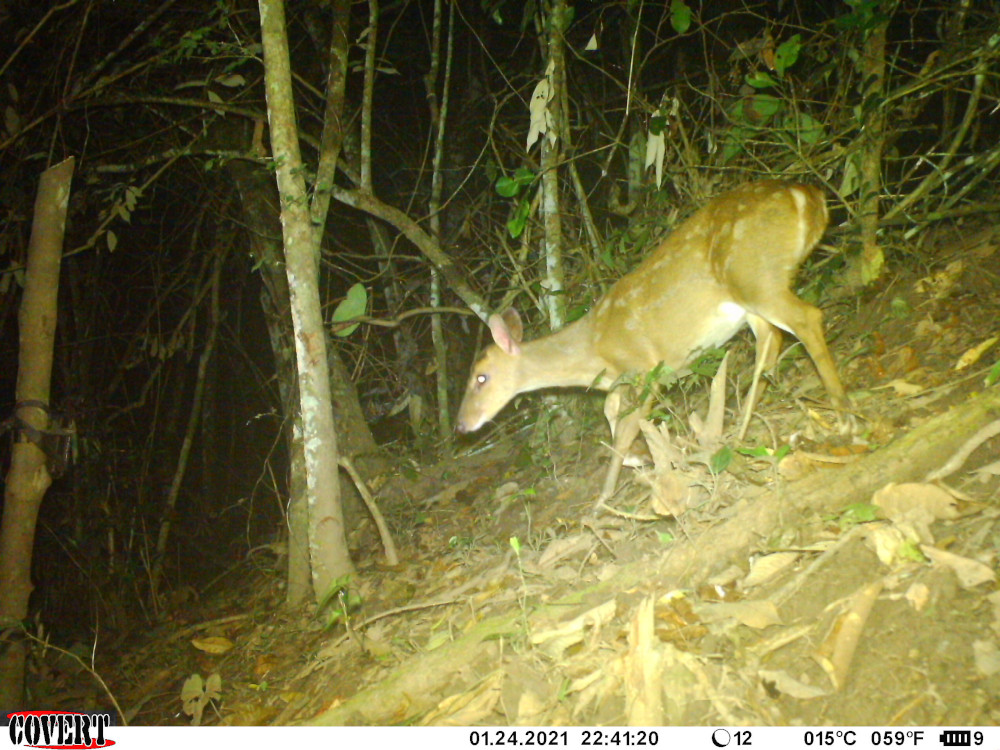
Where it’s found:
Annamite Mountain forests of Laos and Vietnam
IUCN Red List status:
Major threats:
Widespread intensive snaring throughout their small range is the number-one problem. This snaring is driven by a booming wildlife trade that encompasses the derivatives of many species — from well-known products of tigers and pangolins to gelatin derived from primate bones, turtle shells and medicinal plants. The large-antlered muntjac isn’t a particular focus of the trade, but snares are indiscriminate. Trade is booming because of the economic and population growth of East Asian countries. Roads, dams, mines and other infrastructure investments make things worse, and because of sustained economic growth these are on the rise.
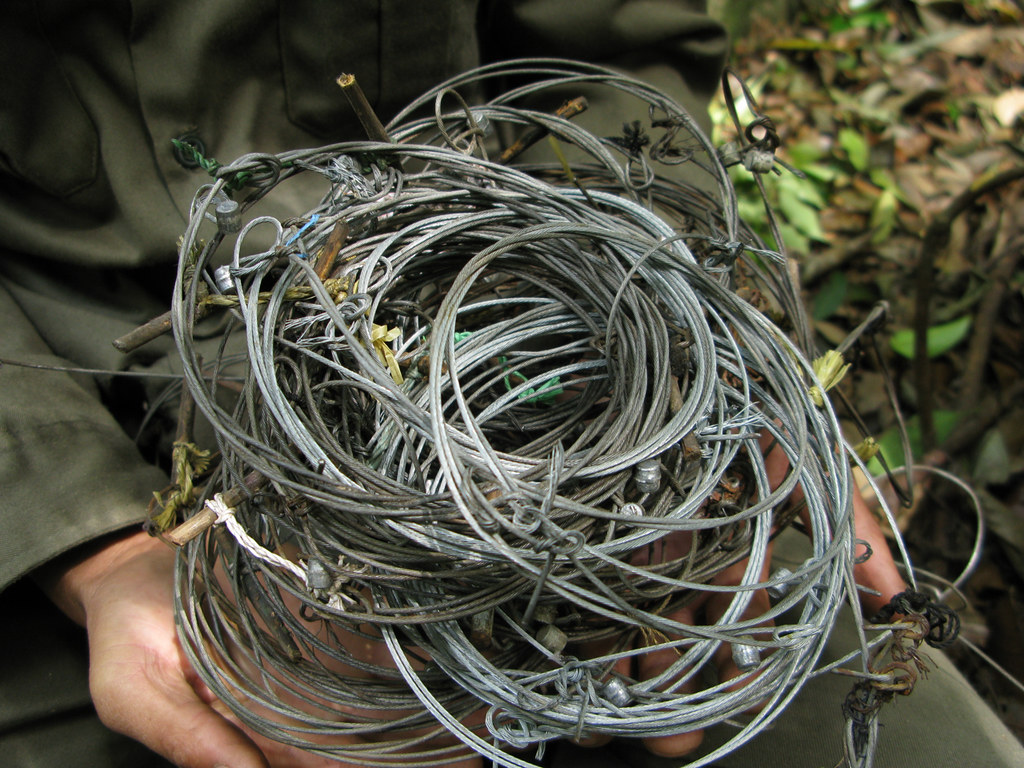
Notable conservation programs or legal protections:
NGOs are trying but have no concrete success yet. Foundation Anoulak and Asian Arks are potentially poised to make a difference, but unfortunately even the species’ legal protection does little to help.
My favorite experience:
In 2015 I saw my first wild muntjac. I was so enthralled by its cautious yet gracious movements and the delicacy of its existence that I immediately knew I wanted to do all I could to save the species from extinction. Going to the forest in Vietnam had always been sad, knowing of the challenges facing distinctive wildlife from rampant poaching. So seeing an animal, especially a large mammal, is always an exhilarating experience when, for a moment at least, I can forget about life’s problems.
I love observing animal behavior, but seeing it in the wild, from a muntjac, is almost an impossibility. More often I get a sense of joy looking through camera-trap photos thinking about the behavior I might be observing in a series of photos — perhaps a fawn chasing back and forth around its mom. These are the moments that I’m hoping to see more often in my camera-trap photos; hopefully, when their population has recovered, I can see them in real life.
Key research:
Understanding and linking proportional protection efforts to the scale of the threat (my Ph.D. focus).
What else do we need to understand or do to protect this species?
Following the advice of leading conservationists in Southeast Asia, I’ve been pursuing research to better understand the dynamics of the snaring and the impact it has on the large-antlered muntjac. Currently there’s no data on how parameters such as snare density or spatial distribution affect population viability for any Annamite species. So, questions like “how large an area can a patrol team effectively cover?” simply can’t be answered.
Better informed, strategic in situ conservation management is needed to save the species. The species has been disappearing so fast, however, that “just in case” ex situ conservation breeding has been recommended.
![]()

